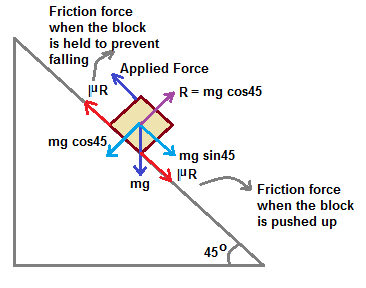

If it falls onto a cobweb, it falls slowly until it has gone through completely if it touches the ground while still inside the cobweb, the sand becomes an item.

If falling sand lands in the space occupied by a non-solid block (such as torch, slab, rail, or redstone dust), the sand drops and turns into an item. If falling sand lands and covers the head of a mob or the player, the mob or player buried in it continuously receives suffocation damage. More information about the falling block entity is available in the main article listed above.

More specifically, the sand block turns into a " falling block" entity, which is affected by gravity when the falling block lands on a block with a solid top surface, it becomes a block again. If the supporting block below a block of sand is removed, it falls until it lands on the next available block. Wandering traders sell 8 sand or 4 red sand for one emerald. when a block is placed near it or when a block near it is broken).
#Falling blocks on a string physics update
The floating cluster of sand falls when one of the sand blocks receives an update (e.g. Unlike sand, there is no red sandstone that supports it below.īoth types of sand can spawn floating in the air. Red sand generates naturally in badlands biomes and variants, always in a one-block-deep layer. Sand also generates as part of warm ocean ruins and some desert village houses. (In this case, sand is used to cover up buried treasure chests that generate in beaches and ocean floors that are composed of sand, but in some cases stone or sandstone might be used instead). Sand is also used to cover up buried treasure chests depending on where the chest generates in. It usually generates in quantities of 545 blocks per chunk on average in non-desert biomes. Sand also generates as the ocean floor of lukewarm oceans, deep lukewarm oceans and warm oceans. It generates in abundance in deserts and beaches, generally in four-block-deep layers, supported by sandstone below. Sand generates naturally in many biomes of the Overworld, in disk-like formations near ponds and rivers. For more information, see Breaking § Speed.


 0 kommentar(er)
0 kommentar(er)
